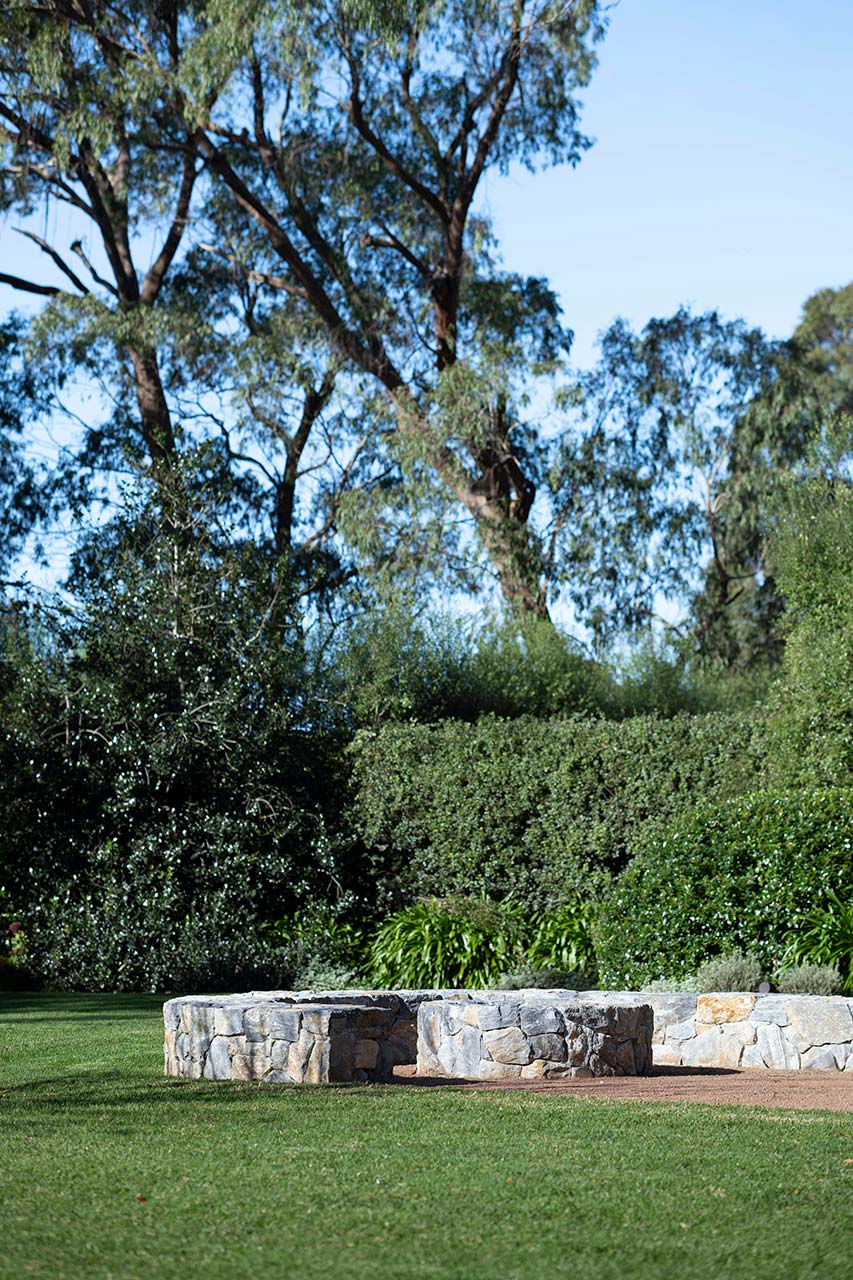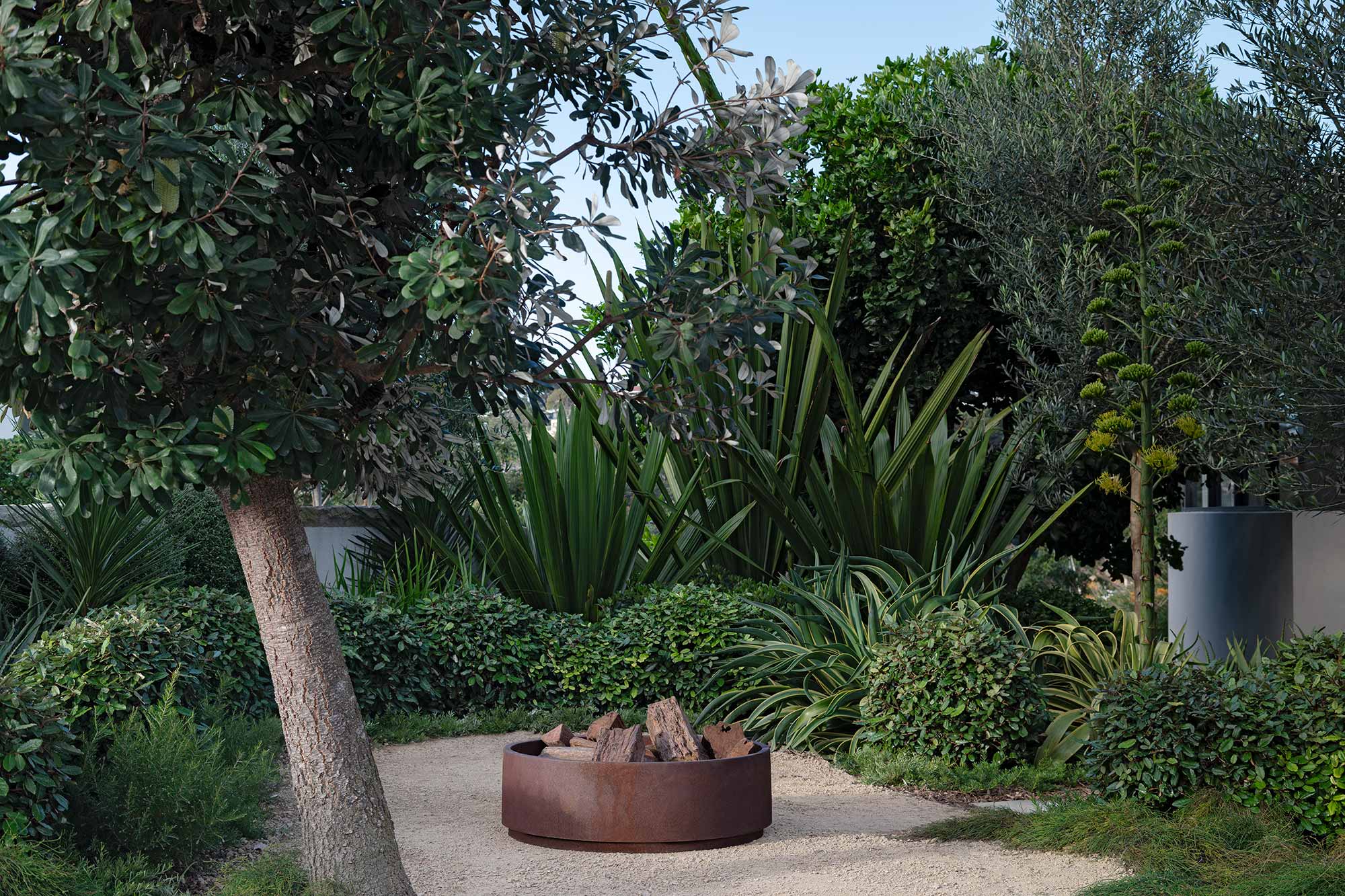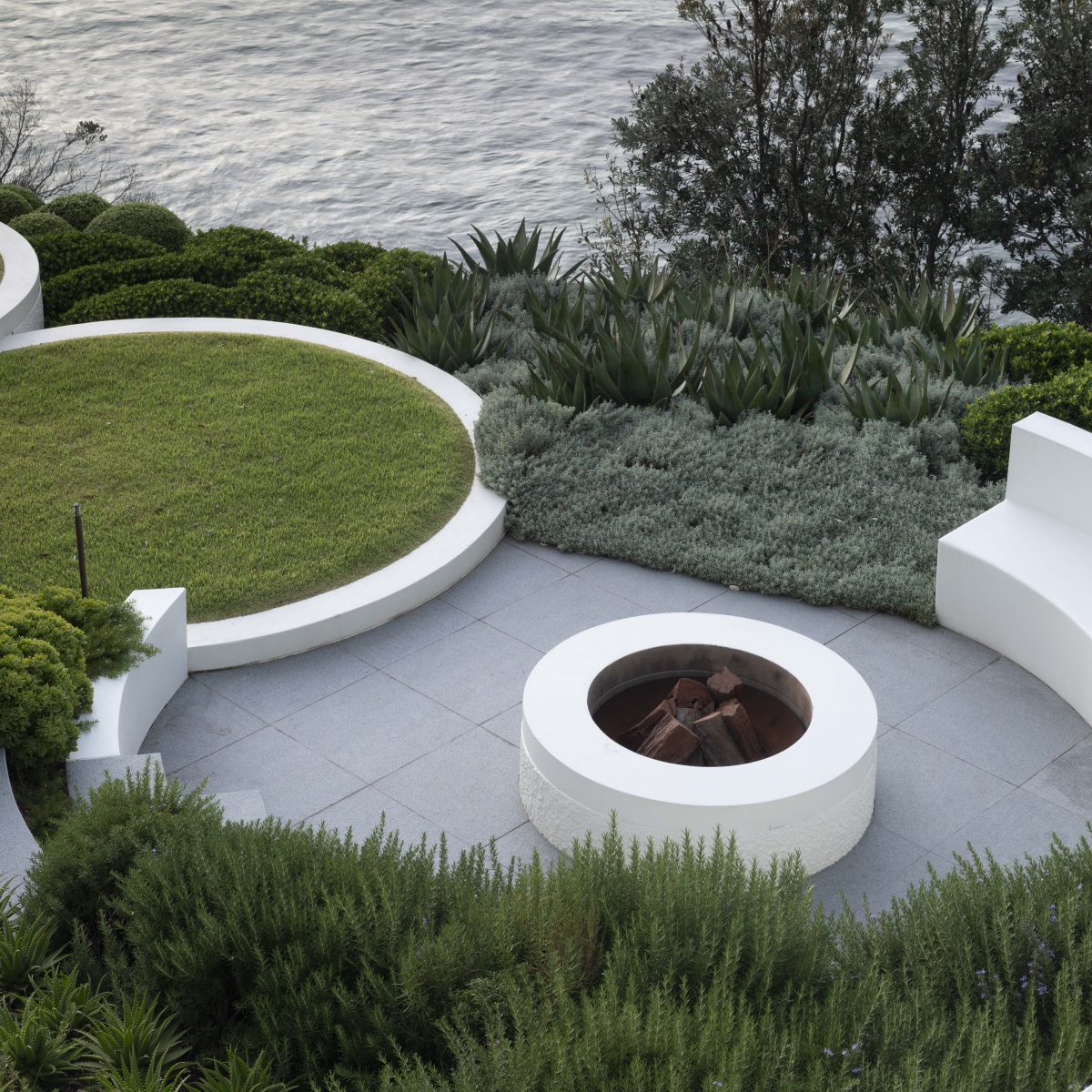Creative director of Secret Gardens, Matt Cantwell, says there’s a lot to be said for extending the enjoyment of your outdoor space into autumn and winter. “It’s about enjoying that connection to nature in the cooler months to appreciate the seasonality,” he says.
Because the sun sits lower in the sky through the colder months, understanding how it moves across your garden is key in planning for outdoor use, but it’s just the beginning, says Matt.
“If you are designing from scratch, think about the layout and how the sun moves through your garden during the year,” he says. “Make sure that you understand where the prevailing winds are coming from and how that shifts because you want to be out of the wind but also in the sun.”
“If you are designing from scratch, think about the layout and how the sun moves through your garden during the year. Make sure that you understand where the prevailing winds are coming from and how that shifts because you want to be out of the wind but also in the sun.”
Once you have found the warmest position in the garden for dining or lounging, Matt says you can start to add other features, such as a pergola.
“If you have a pergola that faces north, you can have a solid ceiling that lets the sun in during winter, and when the sun gets higher in summer, you’re still protected,” Matt says. “A covered roof will also allow you to have ceiling fans or heaters.”
Autumn and winter are also a great time for outdoor fires. Choose a fixed location for your firepit carefully, says Matt.
“If it is in the wrong location, the wind might be blowing the smoke in your face the whole time and you’ll have no protection from the weather,” he says.

For maximum comfort, select seating that will allow you to stay warmer longer. Opt for timber, rather than bare aluminium or mesh, which will allow cold air through. Better still, outdoor lounges with cushioned seats will keep you comfortable, as well as providing extra warmth. If built-in seating is more appropriate, well-placed concrete or masonry seating can be a good solution.
“The good thing about masonry, if it gets a lot of sun during the day, it will retain the heat after the sun has gone down,” Matt says. “We always make sure that we have small throw rugs or blankets around too.”
While Instagram-worthy wood stacks have become popular in recent years, Matt says it’s important to have a good supply of firewood that can stay dry out of the elements to make starting a fire easier.
Although many people assume there’s not a lot going on in the garden at this time of year, Matt says there are plenty of ways to ensure it’s still a beautiful, welcoming space. Deciduous trees really come into their own during autumn, with many changing colour before losing their leaves completely in winter to let the sun into the garden. Even if you prefer to stay indoors, a well placed autumnal tree can provide a spectacular vista.
Matt says there’s also a number of plants that are their flowering best through autumn and winter, including natives such as Callistemon (also known as bottle brush), which produce flowers in a range of colours that will also provide food for nectar loving birds through winter. Correas are small shrubs that produce beautiful, bell-shaped flowers from March through to September, while the classic Kangaroo Paw provides some architectural colour in striking shades of pink, red, yellow and even lime green and black.

Sometimes, the garden just needs a good clean up to draw in the sun and make it feel more inviting. Think about it like decluttering for your outdoor space. Winter, when many plants are dormant, is the perfect time to do some selective pruning.
“Thinning out existing trees can be really worthwhile,” says Matt. “With most gardens we inherit, we declutter the trees and remove internal cross branches. It’s surprising how much additional light it will let in.”
WINTER WONDERLAND
- For something completely indulgent, consider an outdoor spa or bath to create a resort-style feel at home.
- It’s a myth that Sydney gardens don’t change with the seasons. A deciduous tree that changes colour in autumn before losing its leaves in winter is a beautiful addition to the garden.
- When choosing deciduous trees, consider their bark as much as their leaves, which will become the backdrop for your winter garden.
- Look for easy care, lightweight, outdoor furniture so that you can spend more time relaxing and less time maintaining it.
- Winter flowering plants and trees will provide food for bird and bee species through colder months when it is less abundant.



